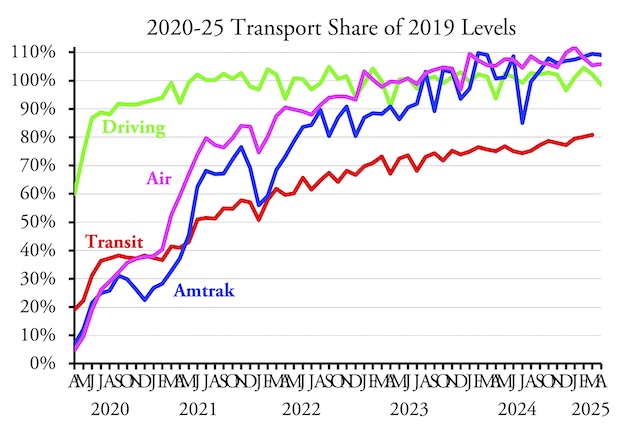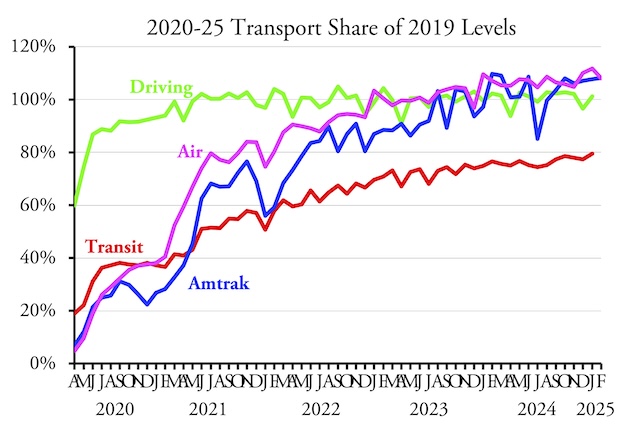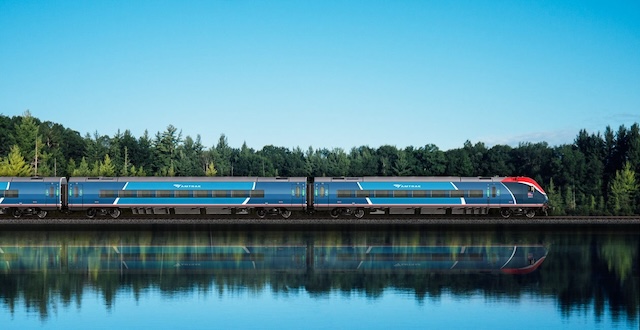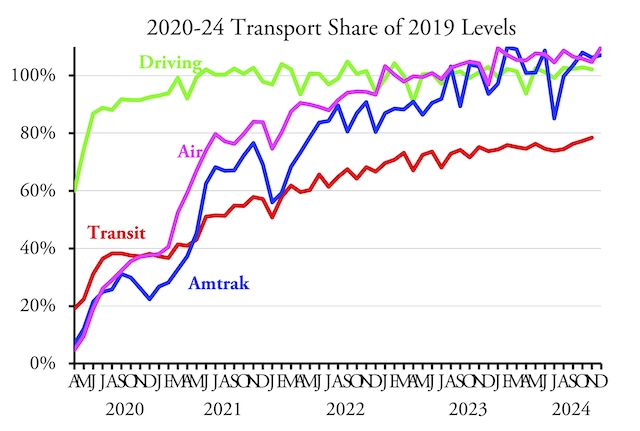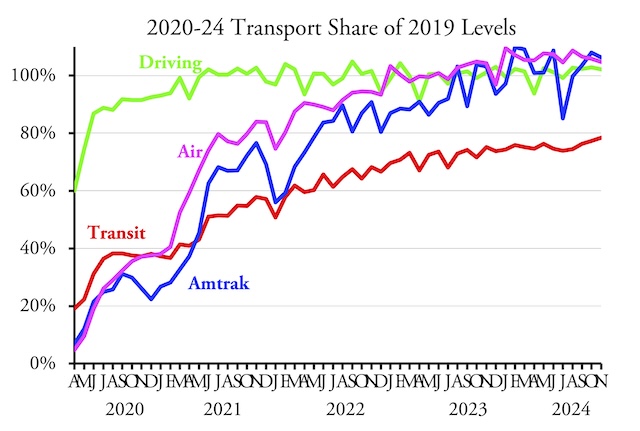“With steady, sustained support from Congress and the administration, Amtrak’s passenger train service will become operationally profitable by FY 28,” says Amtrak in its latest request for subsidies from U.S. taxpayers. This is, at best, deceptive and at worst an outright lie.
A northbound Amtrak train on the California coastline. Photo by Circe Denyer.
Even as Amtrak promises to be profitable in three years, it admits that it is losing more money now than in 2019 despite carrying record numbers of passengers. It blames this on costs rising faster than revenues, reductions in state support for many trains, and increased costs “treated as operating costs” even though they are supposedly really capital investments. Unless Congress dramatically cuts Amtrak’s capital funding, it isn’t clear how any of these trends will be reversed in the next three years. Continue reading



